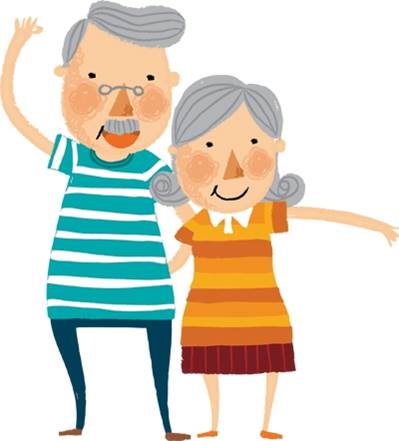Part 1 of this series of blogs argues that, as a model for growing older, “successful aging” leaves ageism unchallenged or contributes to it.
What else is problematic about “successful aging”? There are some insightful answers in a collection of essays called Successful Aging as a Contemporary Obsession: Global Perspectives (2017), edited by Sarah Lamb.
It’s classist. Because aging “successfully” requires education, leisure, passports and access to good health care and nutrition and exercise—all of which are expensive—it overlooks social inequalities. Successful agers are assertive patient-consumers, upholding their civic duty by taking good care of themselves! The emphasis on personal responsibility dovetails with neoliberal and very American ideals of self-governance and independence. This relieves the state of responsibility, which in turn makes it less likely that the less well-off will receive the public support that could make it possible to age well—or even to age at all.
I knew about this class bias but hadn’t given any thought to how it plays out in the arena of caregiving. In an essay about older Chicagoans, Elena D. Buch writes, “Efforts to promote successful aging that focus on increasing self-determination and independence implicitly prioritize the well-being of vulnerable older adults over the well-being of their also-vulnerable care workers, strengthening existing social hierarchies based on race, class, and gender.” Caregivers, many of whom are immigrants working for extremely low wages, work hard to make their care and themselves—their cooking, their values, their private lives—as unobtrusive as possible. Thus they are invisible as individuals with cultures and identities of their own. Oof.
It’s ableist. The successful-aging model assumes that olders are healthy and just have to stay that way. There are no canes or wheelchairs in sight. Where does that leave those with chronic conditions, or with a disability, whose numbers inevitably increase with age? An essay by Jessica Robbins Ruszkowski describes Poland’s Universities of the Third Age, a popular educational and social institution in Europe that promotes active aging. Because illness would mean entering the Fourth Age (dependence and decrepitude), “the concept of the Third Age thus makes illness unthinkable.”
The result is exclusion, instead of inclusive visions of aging that “go beyond binary constructions of activity and passivity, success and failure, productivity and unproductivity, and health and illness,” Ruszkowski writes. As an alternative, what if funding weren’t restricted to “programs focusing on active aging as such, but toward ensuring that people have the ability to support whatever kinds of social activity they find meaningful?”
As Janelle S. Taylor writes in an essay about friendship in the face of dementia, the conventional, successful-aging narrative requires stopping the clock: achieving physical, cognitive and social stasis. This presupposes an “entire social world … in which other people are also not aging in complicated ways alongside one,” and in which it makes sense to step away from friends who become incapacitated.
Do so and we forfeit participation in what Taylor calls a “moral laboratory.” Those who hang in “describe friendship after dementia that is capable of changing rather than simply enduring; and they describe dementia as an impetus for personal and interpersonal transformations that can involve learning, growth, and unexpected gifts in addition to very real experiences of sadness and loss.”
It’s shame-inducing. If we’re responsible for the way we age, yet unable to control its course, aging becomes a source of shame and embarrassment. As Abigail T. Brooks writes in an essay about why North American women have cosmetic surgery, those who have surgery sometimes look down on those who don’t, which can give rise to “the blaming and shaming of olders for simply being and growing old and for failing to do anything about it.” We experience natural physical transitions as betrayal. It’s an embarrassment or worse—a moral or political failure—if the trajectory changes, as in the case of a high-achieving, active woman in her 70s who experienced her cancer diagnosis as a personal failure.
It perpetuates gender stereotypes: The advertisements and products that promote “successful aging” “reinforce white, middle-class, heterosexist norms of male performance and female beauty,” writes Sarah Lamb. Women are supposed to focus on maintaining beauty and men on their capacity to perform, whether in bed or at the gym, which reinforces active and passive stereotypes—desire on the part of men, desirability for women.
“Successful aging” “means accepting that how you look (i.e. having a youthful appearance) matters,” writes Brooks. This requires both taking personal responsibility and engaging in hard work, although the women she studied didn’t describe it as work. Those who reject this equation of youth with beauty, and appearance with value—a choice that’s hard work in itself—“reap rewards as they forge new relationships to their aging bodies and as they realize new avenues for self-expression outside of the body altogether.”



